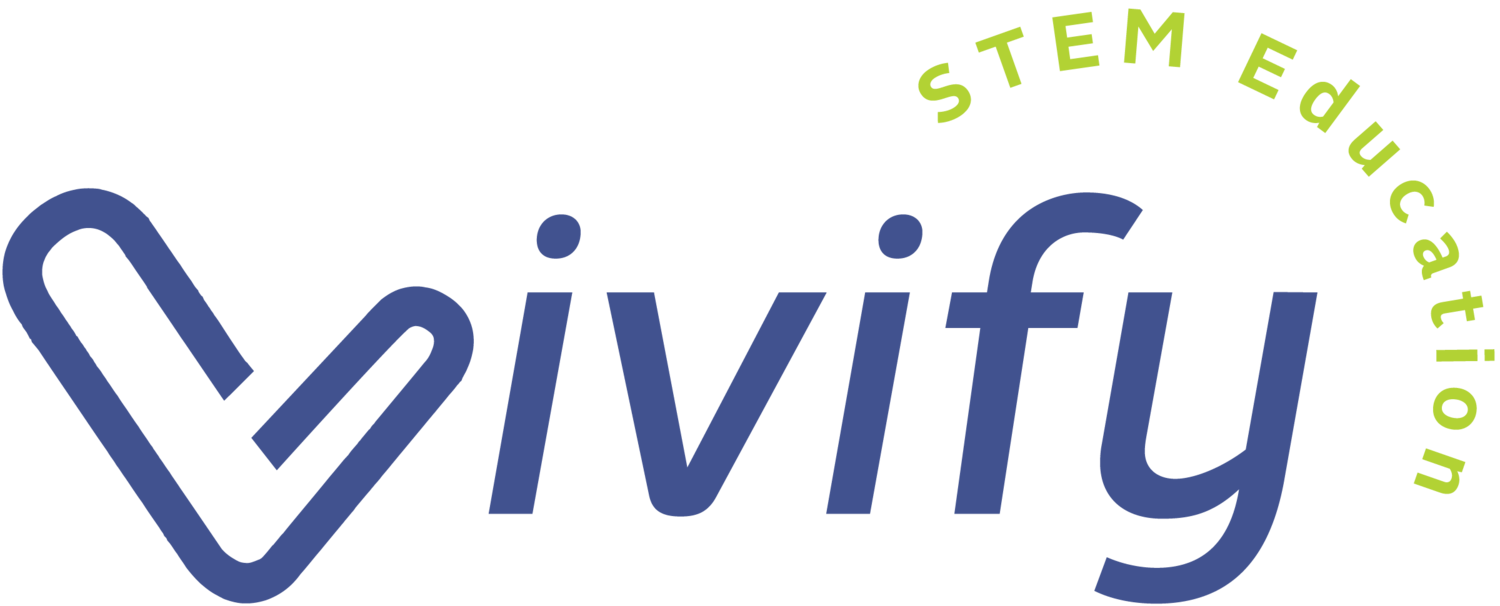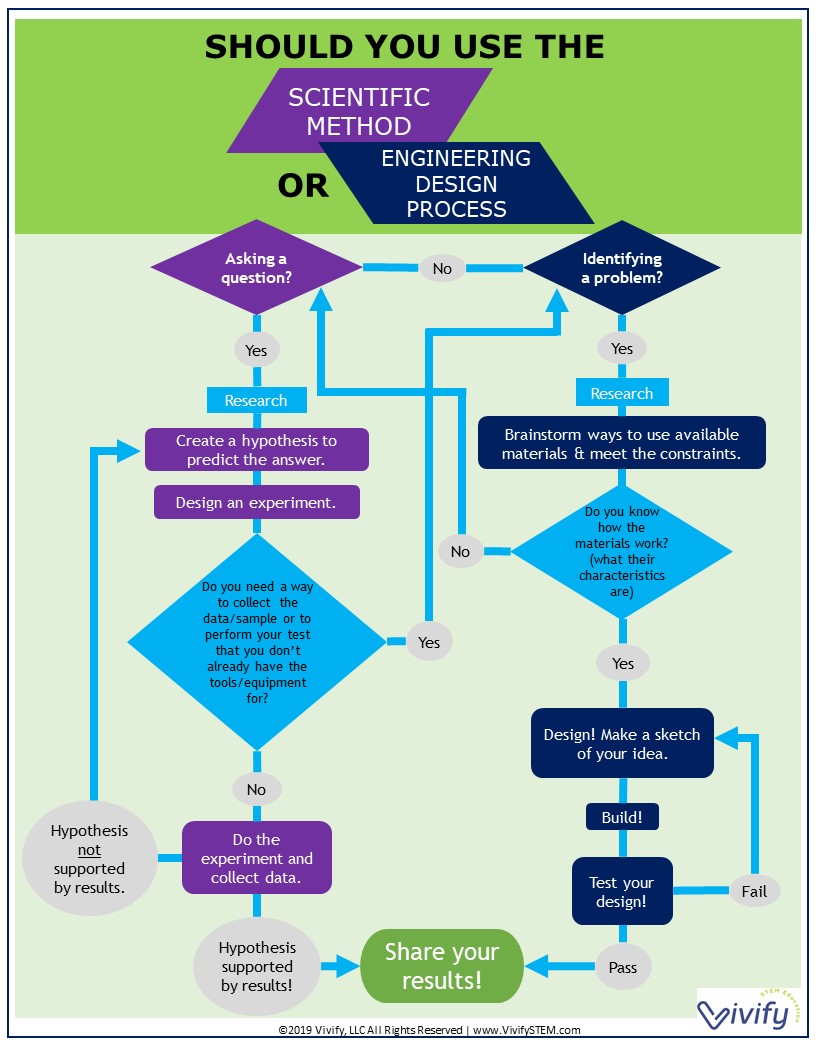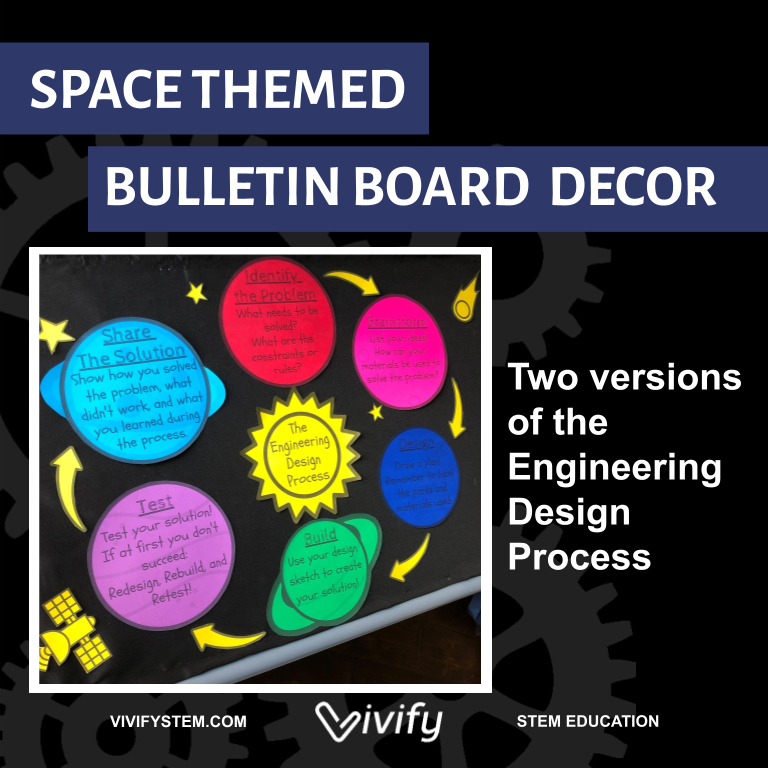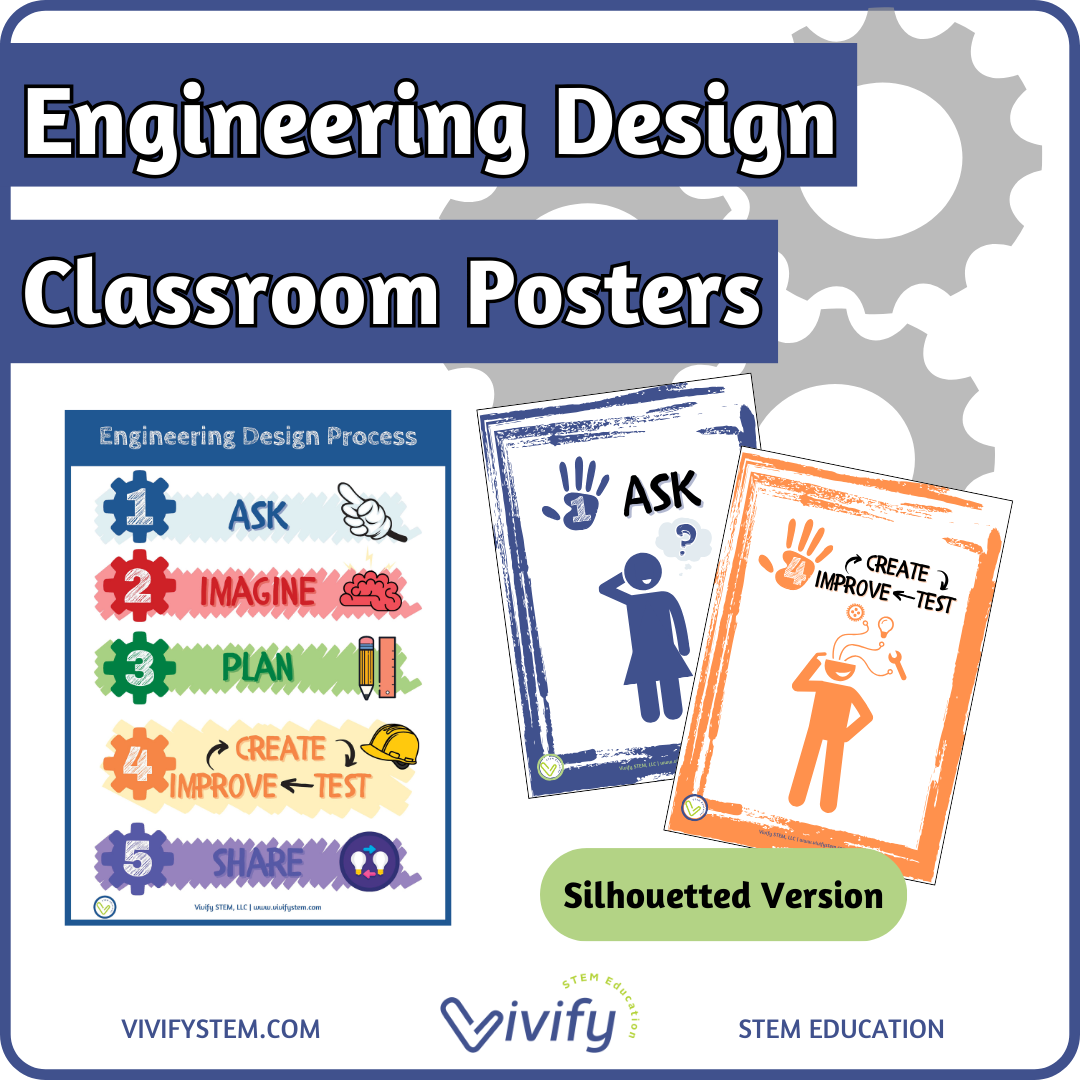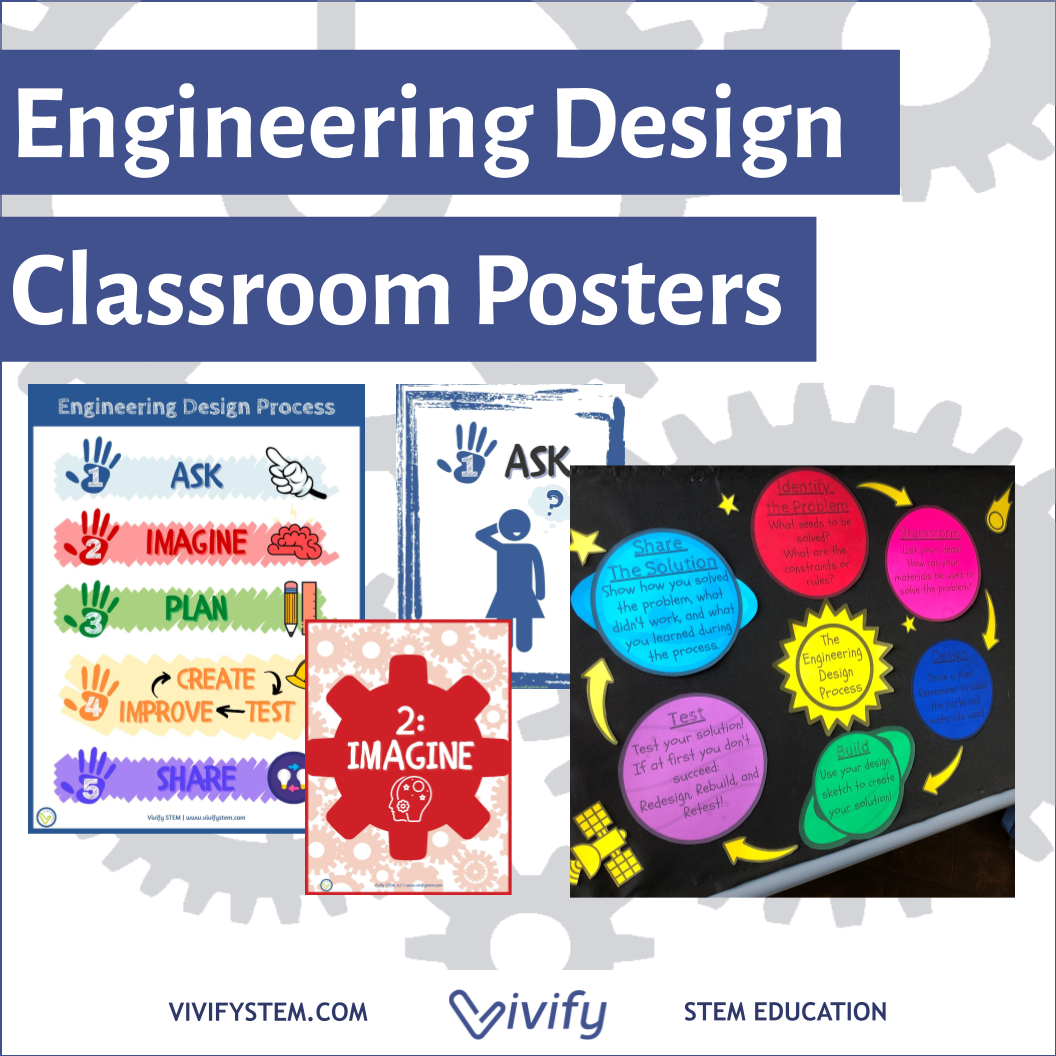The Scientific Method vs The Engineering Design Process (EDP)
Updated: December 22, 2024
Type: STEM Resource
Grade Level: PreK - 12
In our definition of STEM learning, students apply math and science classroom concepts to solve an engineering problem using technology. Read more here. This means that STEM is centered around the engineering design process. Students are given a mission like “design a catapult to launch an object to knock over a tower”, and they apply the process to brainstorm, design, test, and redesign until they arrive at a solution for their problem. The scientific method is a different thing altogether.
The scientific method helps to provide the necessary information to engineers so that they are able to efficiently and effectively solve problems. We have created the following flowchart to help illustrate how the scientific method and engineering design process differs, yet, interact! This serves as a great resource for students in utilizing both.
Want more? In this episode of The STEM Space, Natasha and Claire expand upon a recent blog post discussing how to teach engineering in the science classroom. How do engineering and science relate to each other? What do you do with the NGSS standards? Listen in to find out!
How can you address science standards in your STEM classroom? In the video below, learn how to promote a deeper understanding of science concepts and skills through engineering design challenges. The session includes examples of activities aligned with the Next Generation Science Standards and the new Texas Essential Knowledge and Skills for Science.
Related Vivify Lessons
Are You Struggling to Find High-Quality STEM for Your Classroom?
We can help! Move beyond repetitive building activities and elevate your STEM classroom with authentic, inquiry-based units that are standards-aligned and classroom-tested for high-impact STEM learning!
Join today to access 200+ STEM resources and a full-year scope and sequence for grades K - 8 that promotes innovation, problem-solving, and an integrated approach to engineering learning
